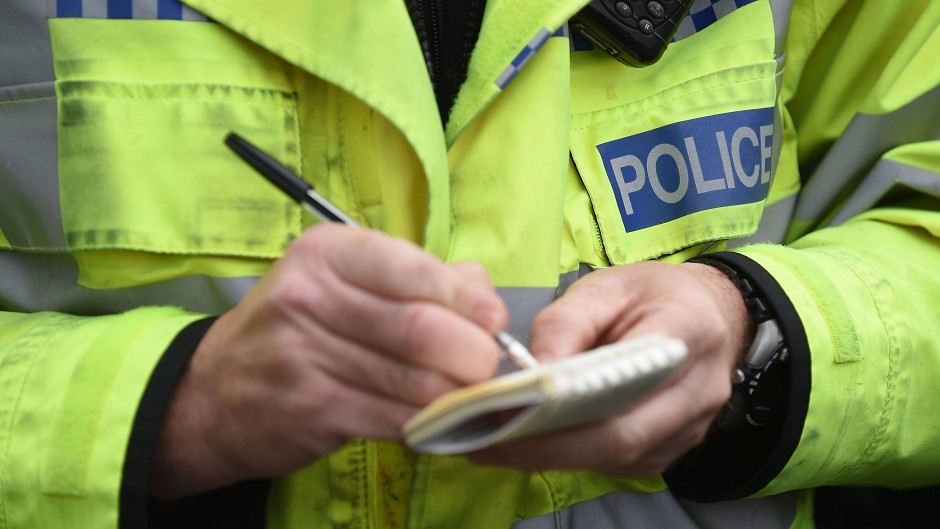The growing problem of rural crime has been exacerbated by the centralisation of Scotland’s police force to become Police Scotland.
The claim by NFU Scotland was submitted to the Scottish Parliament’s justice committee yesterday. According to the union, there is no joined-up reporting and recording system for rural crime.
It said that, while members appreciated that police resources were stretched, they regularly expressed “frustration” that police knew who the offenders were but did not have the power, manpower or resources to respond quickly to calls for action to stop it happening again.
This problem, it said, had been “somewhat exacerbated since the centralisation of the police service”.
Refuting the accusation, detective chief superintendent Robbie Allan, of Police Scotland’s Specialist Crime Division (SCD), said the creation of one consolidated police force in Scotland had actually had a positive impact on rural crime. “Police Scotland has not taken any officers away from the local and rural communities – far from it,” said Mr Allan, who has responsibility for co-ordinating activity which targets crimes across each of Police Scotland’s 14 divisions.
“Instead, these rural police officers are now backed up by a co-ordinated central support system that is much better positioned to identify whether a rural crime may be a one-off incident or could potentially be linked to the activities of a wider organised crime network,” he said.
He said SCD was working hard to identify the organised crime networks that were fuelling rural crime. “It’s the players that are facilitating the sale of stolen machinery and livestock that we really want to eliminate,” he said.
According to NFU Mutual regional director Martin Malone, rural crime cost the Scottish economy an estimated £1.9million in 2013, with fuel, tools and quad bikes the most commonly targeted items that year. Large-value items, such as tractors and combines, stolen from the UK have been recovered as far away as Poland, Afghanistan and Africa.
But over recent years, rustling has also become a far more prevalent issue too, with 25 incidences of livestock theft in Scotland in 2013 costing £82,000 and 26 incidences in 2014 valued at £127,800.
Linlithgow farmer and NFU Scotland’s legal and technical committee chairman Jamie Smart told the committee that at a local branch meeting, in December, a show of hands proved that between 70% and 75% of union members had been subject to rural crime over the last 12 month period.
But he also cautioned that intimidation would leave many farmers feeling “vulnerable”. “I was personally threatened on my own farm by an individual – when I questioned him with regards to wildlife crime,” said Mr Smart.
“This person told me in no uncertain circumstances that if I reported him to the police, my farm buildings would be at ‘significant risk’ from fire.”
DC Allan urged farmers to report any incidence of crime or act of intimidation.
